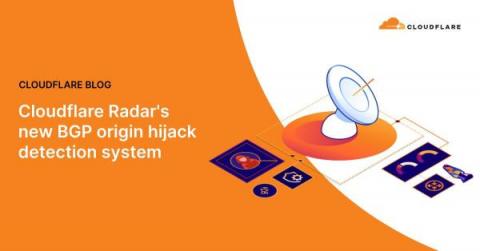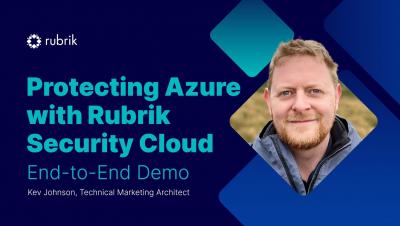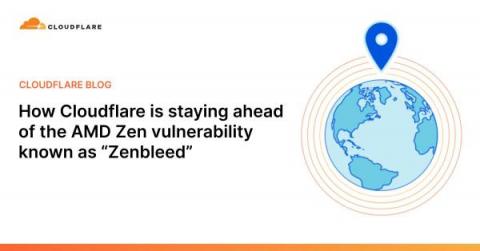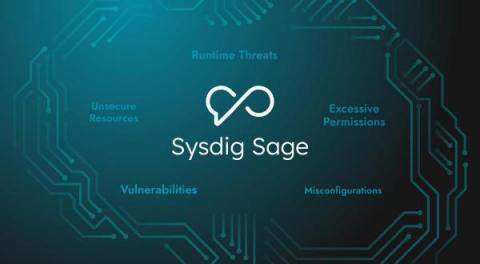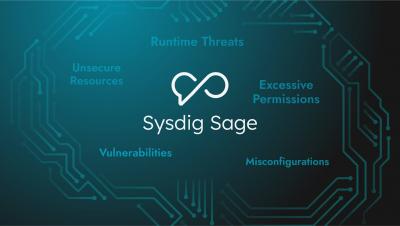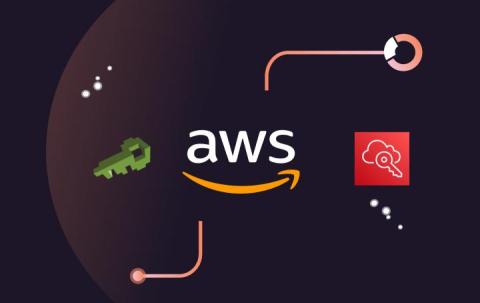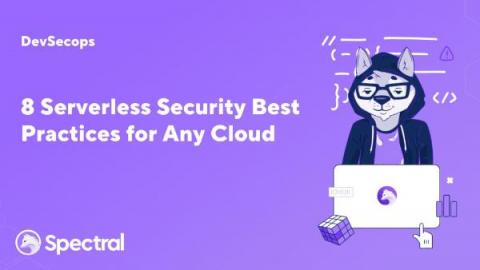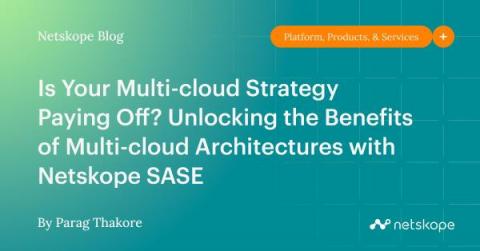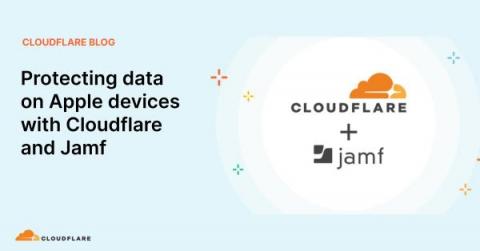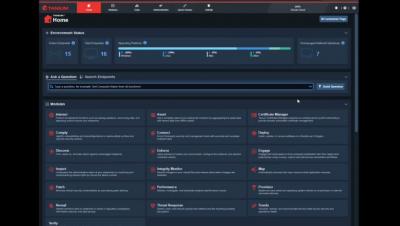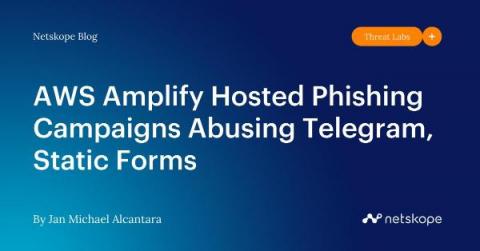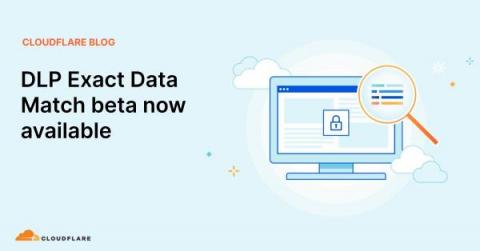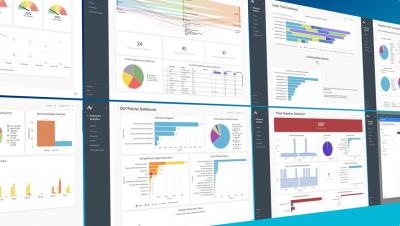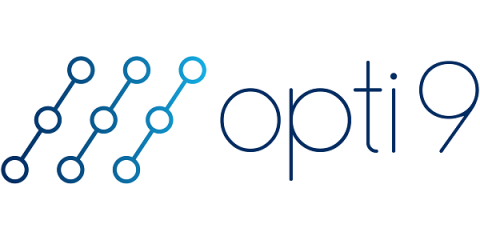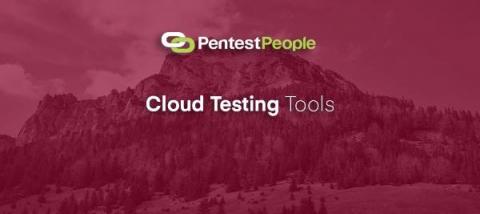Security | Threat Detection | Cyberattacks | DevSecOps | Compliance
July 2023
Amazon Sends Email to Customers on Common Scam Tactics
We've reported on several Amazon scams, but for once, there is positive news. Amazon sent an email Thursday morning highlighting the top scams your users should watch out for: Prime Membership Scams Per Amazon, "These are unexpected calls/texts/emails that refer to a costly membership fee or an issue with your membership and ask you to confirm or cancel the charge.
Automating least privilege access in the cloud
In today's digital landscape, where data breaches and security threats are a constant concern, ensuring least privilege access is of utmost importance for companies operating in the cloud. Granting the principle of least privilege to employees helps minimize the risk of unauthorized access, accidental misuse, and insider threats. However, achieving and maintaining least privilege access can be challenging, often resulting in manual processes, delays, and potential security gaps.
Cloudflare Radar's new BGP origin hijack detection system
Border Gateway Protocol (BGP) is the de facto inter-domain routing protocol used on the Internet. It enables networks and organizations to exchange reachability information for blocks of IP addresses (IP prefixes) among each other, thus allowing routers across the Internet to forward traffic to its destination. BGP was designed with the assumption that networks do not intentionally propagate falsified information, but unfortunately that’s not a valid assumption on today’s Internet.
Protecting Azure with Rubrik Security Cloud
The Five Pillars of Cloud Security
How Cloudflare is staying ahead of the AMD vulnerability known as "Zenbleed"
A new flaw in AMD's Zen 2 processors is detailed in this blog post (archive.org snapshot) today, July 24, 2023. The 'Zenbleed' flaw affects the entire Zen 2 product stack, from AMD's EPYC data center processors to the Ryzen 3000 CPUs, and can be exploited to steal sensitive data stored in the CPU, including encryption keys and login credentials.
More than an Assistant - A New Architecture for GenAI in Cloud Security
There is no question that cybersecurity is on the brink of an AI revolution. The cloud security industry, for example, with its complexity and chronic talent shortage, has the potential to be radically impacted by AI. Yet the exact nature of this revolution remains uncertain, largely because the AI-based future of cybersecurity is still being invented, step by step.
Cloud Security Meets GenAI: Introducing Sysdig Sage
Protecting AWS with Rubrik Security Cloud
Introducing Keeper Security Government Cloud for MSPs
Managed Service Providers (MSPs) play a crucial role in delivering reliable and secure IT services to organizations of all sizes and across various industries. With the rise in cyber threats, especially ransomware attacks targeting public sector organizations, the need for robust cybersecurity tools has become paramount.
AWS threat emulation and detection validation with Stratus Red Team and Datadog Cloud SIEM
As attackers get more creative in their malicious tradecraft, cloud security teams must be able to keep up with detections that provide adequate coverage against the diverse threats to their cloud environments. Threat emulation enables cloud security teams to leverage their understanding of threat actor behaviors as a feedback loop for developing cloud-based detections and validating their resilience.
Challenges in Securing Cloud Workloads
DSPM and CSPM: What are the Differences?
A few years back, data was constrained to the on-premise infrastructure. Data management, governance, and protection were fairly uncomplicated in this enclosed environment. The emergence of cloud computing and multi-cloud infrastructures has not only introduced more complexity in data management and governance, but it has also increased security risks significantly.
AWS Identity Center (SSO) vs. AWS Identity Federation vs. AWS IAM
Selecting an identity management solution is a critically important decision for any software organization. Identity management is a foundational component of good cloud security and can either be an enabler for scalability or a huge technical debt sink. Many organizations start with AWS by quickly throwing together their IAM infrastructure: some users, a few roles, and some policies.
8 Serverless Security Best Practices for Any Cloud
Time, cost, and quality – hitting this trifecta is the ultimate goal of any software organization. Its pursuit over decades has resulted in multiple application development methodologies like serverless computing, an emerging and popular cloud computing model touted as the future. Nearly 70% of organizations will increase their usage of serverless computing by 2025.
Is Your Multi-cloud Strategy Paying Off? Unlocking the Benefits of Multi-cloud Architectures with Netskope SASE
Should we be using multiple public cloud providers? As organizations continue to migrate applications and workloads to public cloud platforms, they often face the tough decision of sticking with a single provider or embracing multiple clouds. Using multiple cloud providers promises a variety of benefits including the ability to minimize vendor lock-in, leverage best-of-breed services, achieve cost advantages, and comply with data sovereignty rules.
An Invitation to Change: Introducing the SecOps Cloud Platform
Protecting data on Apple devices with Cloudflare and Jamf
Today we’re excited to announce Cloudflare’s partnership with Jamf to extend Cloudflare’s Zero Trust Solutions to Jamf customers. This unique offering will enable Jamf customers to easily implement network Data Loss Prevention (DLP), Remote Browser Isolation (RBI), and SaaS Tenancy Controls from Cloudflare to prevent sensitive data loss from their Apple devices.
The Future of the Firewall is in the Cloud
I read with some surprise the interview with Zscaler’s CEO, Jay Chaudry, in CRN where he stated that the “network firewalls will go the way of the mainframe,” that “the network is just plumbing” and that Zscaler proxy overlay architecture will replace it with its “application switchboard.” Well, our joint history in network security teaches us a very different lesson. This is my take.
DDoS threat report for 2023 Q2
Welcome to the second DDoS threat report of 2023. DDoS attacks, or distributed denial-of-service attacks, are a type of cyber attack that aims to disrupt websites (and other types of Internet properties) to make them unavailable for legitimate users by overwhelming them with more traffic than they can handle — similar to a driver stuck in a traffic jam on the way to the grocery store.
AWS Amplify Hosted Phishing Campaigns Abusing Telegram, Static Forms
Netskope Threat Labs is tracking phishing campaigns that are abusing several free cloud services to host their websites and collect user information. These campaigns host their phishing sites in AWS Amplify which is available to free-tier users. Some phishing campaigns also abuse Telegram and Static Forms to collect users’ credentials. These phishing attacks aim to steal banking, webmail, and Microsoft 365 credentials, as well as victims’ card payment details.
DLP Exact Data Match beta now available
The most famous data breaches–the ones that keep security practitioners up at night–involved the leak of millions of user records. Companies have lost names, addresses, email addresses, Social Security numbers, passwords, and a wealth of other sensitive information. Protecting this data is the highest priority of most security teams, yet many teams still struggle to actually detect these leaks.
By the Numbers: Cloud Security Stats Are In, and They're Not Pretty
With digital transformation having taken a front seat over the past 3 years due to a global shift in how people do business, cloud reliance and breaches have skyrocketed. According to G2, half of all organizations are currently cloud native or cloud enabled. It’s not just a matter of accomplishing work, either – it’s storage for vital digital assets.
Challenges when implementing an AWS multi-account strategy
Implementing an AWS multi-account strategy is a popular approach that helps organizations to manage their cloud resources efficiently. In my previous post, I discussed our reasons for implementing an AWS multi-account strategy, our journey, and some of the benefits we gained as an organization. However, implementing this strategy can come with its fair share of challenges.
Netskope Advanced Analytics Dashboards
What is Virtualization in Cloud Computing
Bring your own CA for client certificate validation with API Shield
APIs account for more than half of the total traffic of the Internet. They are the building blocks of many modern web applications. As API usage grows, so does the number of API attacks. And so now, more than ever, it’s important to keep these API endpoints secure. Cloudflare’s API Shield solution offers a comprehensive suite of products to safeguard your API endpoints and now we’re excited to give our customers one more tool to keep their endpoints safe.
How Cloudflare Images addressed the aCropalypse vulnerability
Acropalypse (CVE-2023-21036) is a vulnerability caused by image editing tools failing to truncate images when editing has made them smaller, most often seen when images are cropped. This leaves remnants of the cropped contents written in the file after the image has finished. The remnants (written in a ‘trailer’ after the end-of-image marker) are ignored by most software when reading the image, but can be used to partially reconstruct the original image by an attacker.
Everywhere Security
Why You Should Run Your Windows Workloads on AWS
Amazon Web Services (AWS) supports IT departments looking to provide excellent and reliable service to their companies at the lowest cost. One way it does this is by making it possible to run your company’s Windows workloads AWS. Why might you consider transitioning your Windows workloads to AWS? There are many reasons to modernize applications with an AWS data base. Here are a few…
Seamless Integration Between Azure and Your Password Manager
Since its launch in 2010, Microsoft Azure has been deployed to millions of organizations worldwide. Azure offers a vast array of services, including virtual machines, databases, AI and machine learning tools, analytics, networking, and storage options. Due to the global popularity of these cloud services, Keeper Security has prioritized seamless integration with Microsoft Azure.
What are Cloud Testing Tools?
Cloud testing tools are a set of software and hardware components that allow developers, testers, and IT professionals to test applications in the cloud. These tools give companies access to an array of cloud resources they can use for testing purposes. The cloud can provide a more cost-effective, agile, and scalable platform for testing applications compared to traditional on-premise systems.
Security Service Edge (SSE) Explained
Cato's 5 Gbps SASE Speed Record is Good News for Multicloud and Hybrid Cloud Deployments
In the original Top Gun movie, Tom Cruise famously declared the words, “I feel the need! The need for speed!” At Cato Networks, we also feel the need for speed, and while we’re not breaking the sound barrier at 30,000 feet, we did just break the SASE speed barrier (again!).
What is a cloud migration and why do you need one?
In the past, organisations traditionally stored their data, applications, and resources in on-premises servers located in their building and typically managed by an in-house IT team. However, the modern work landscape has changed significantly, many businesses now prefer to migrate their IT infrastructure from on-premises to servers that are hosted and accessed through the internet, also known as ‘The Cloud’.
SASE and CASB Functions: A Dynamic Duo for Cloud Security
Cloud adoption has exploded in recent years. Nearly all companies are using cloud solutions, and the vast majority having deployments spanning the platforms of multiple cloud service providers. These complex cloud infrastructures can create significant usability and security challenges for an organization. If security settings are misconfigured, an organization’s cloud infrastructure, services and applications could be potentially vulnerable to exploitation.





